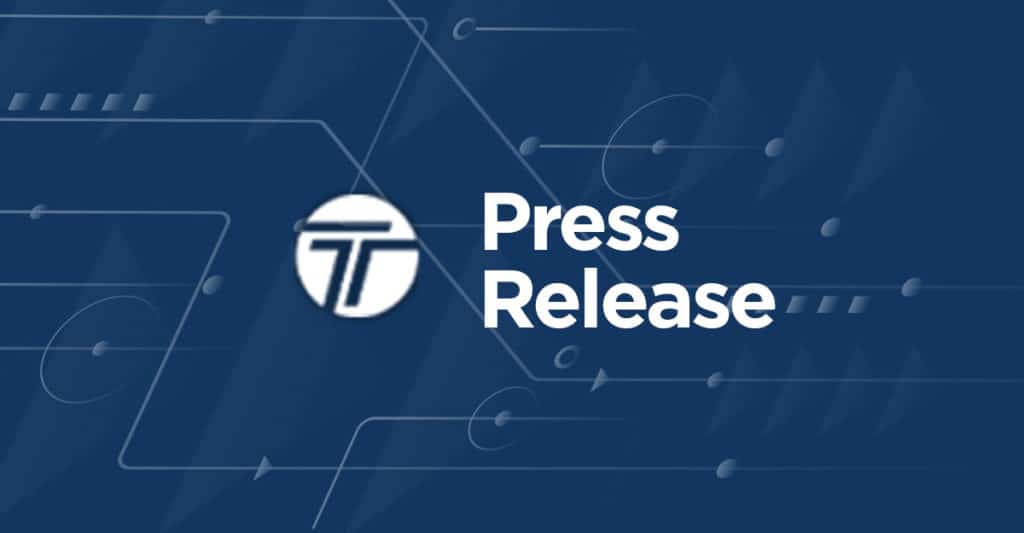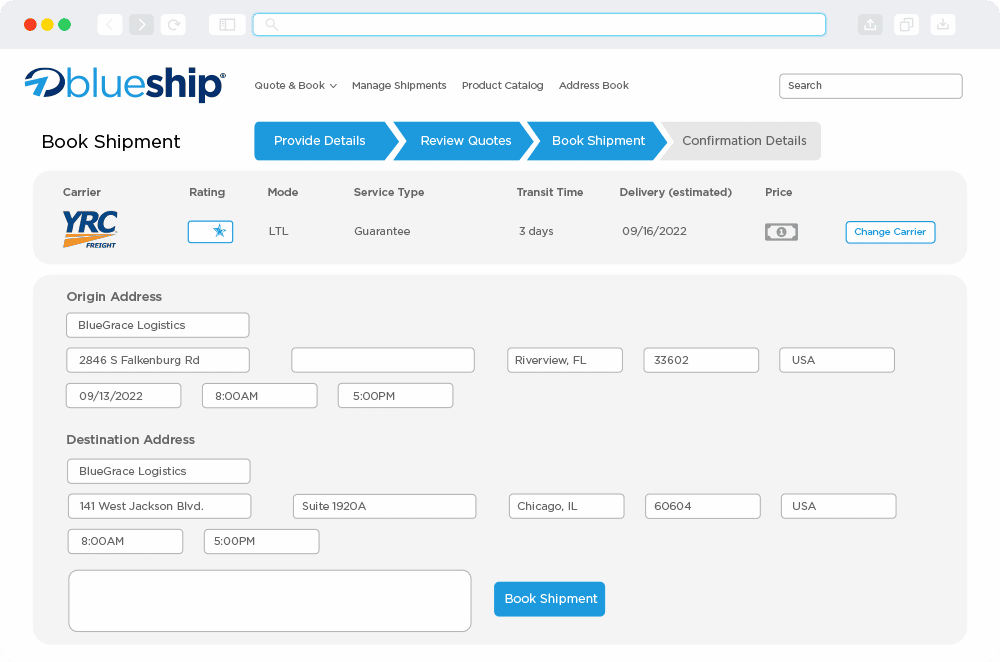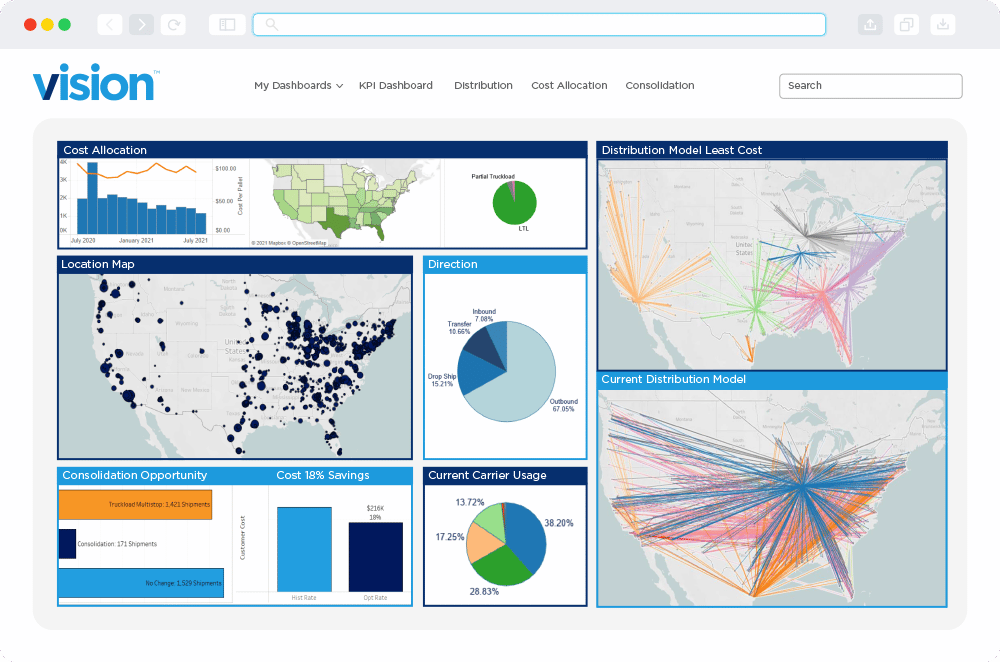
How Does a Transportation Management System Work?

Having a clear and consolidated idea of your entire shipping line is key to ensuring efficiency, correcting issues, and finding places for improvement. One of the tools to achieve this is a TMS (transportation management system). This program gathers data, oversees operations, and provides visibility to your network or supply chain.
At BlueGrace, we’ve shared all you need to know about TMS and how it works. We offer one of the most comprehensive and reliable transportation management software available today: BlueShip.
Transportation Management System as Part of Network
On its own, a TMS platform is already highly functional. It can help you streamline your company’s logistical operations by organizing, handling, monitoring, and assessing all aspects of product transportation from the moment a client places an order to the final delivery. However, its capabilities are limited to transportation only.
A TMS is often conflated with warehouse management systems (WMS) and enterprise resources planning (ERP) systems. These are interconnected, but each serves a unique role in your company’s logistics network. For a TMS, it’s all related to the movement of freight to and from your facilities.
Get Started With A Free BlueShip Demo!
Main Roles of a TMS
Let’s examine the key roles of your company’s TMS and how it benefits your shipping operations.
Load Planning and Execution
Load planning refers to the process of finding the most cost-efficient routes, appropriate carriers, and correct rates for an upcoming shipment. On the other hand, load execution is the tendering process. Only this time, the TMS automates and digitally tenders loads as determined during load planning.
Since everything is automated and done digitally, there’s no need for manual calculations that may result in incorrect and inefficient shipments. This allows companies to make more accurate shipping plans and create more cost-effective strategies before executing them.
Freight Tracking
With a TMS, companies can easily gather and consolidate real-time tracking data. They can also record the movement of their shipments as they go through a lifecycle, from leaving the warehouse to final delivery.
Thanks to this visibility, shippers can track and trace the movement of shipments whether they’re over land, moving through the water, or in the air. The clearer view of the freight also allows all concerned parties to stay in the loop about the whereabouts of the shipment. That way, unexpected delays and unforeseen transport situations can be addressed as soon as they arise.
Payments
Payments can become finicky in complex networks. Human error is one of the biggest issues in this case, and the impact is that much more noticeable because we’re talking about money. Thankfully, a TMS can change it all by allowing shippers to automatically audit carrier invoices, removing the human factor.
This automation also lets shippers gather data for cost performance analytics. Most TMS platforms can analyze data from invoices and provide comprehensive financial reports. This information can then be used during load planning and other related processes to make operations more cost-effective.
Reporting and Analytics
TMS platforms do not just gather data from invoices. They can also consolidate information about every aspect of your shipping operations, such as duration of delivery, current carrier usage, and routes and destination of each truck or vehicle. With this data, you can get performance insights and actionable reports for future use.
Given how volatile logistics operations can be, gathering accurate data for business insights becomes an essential practice. A TMS makes this process easier, especially if you’re handling thousands of orders or shipments in a single day. You can also effortlessly check how far you are at achieving your key performance indicators, or KPIs, all in a single dashboard.
Optimize Your Logistics Operations with a TMS
Optimize your shipping operations today with an all-in-one transportation management software: the intuitive BlueShip TMS platform.
Want to see how it works? Book a demo with the BlueGrace team today!
Related Posts
The Power Of Using A TMS For Any Size LTL Shipper
The Power Of Using A TMS For Any Size LTL Shipper
View The Logistics Blog®
How to Optimize Your Business Through ERP & TMS Integration
How to Optimize Your Business Through ERP & TMS Integration
View Whitepaper
Do You Have the Right TMS for Your Business?
Do You Have the Right TMS for Your Business?
Read News






